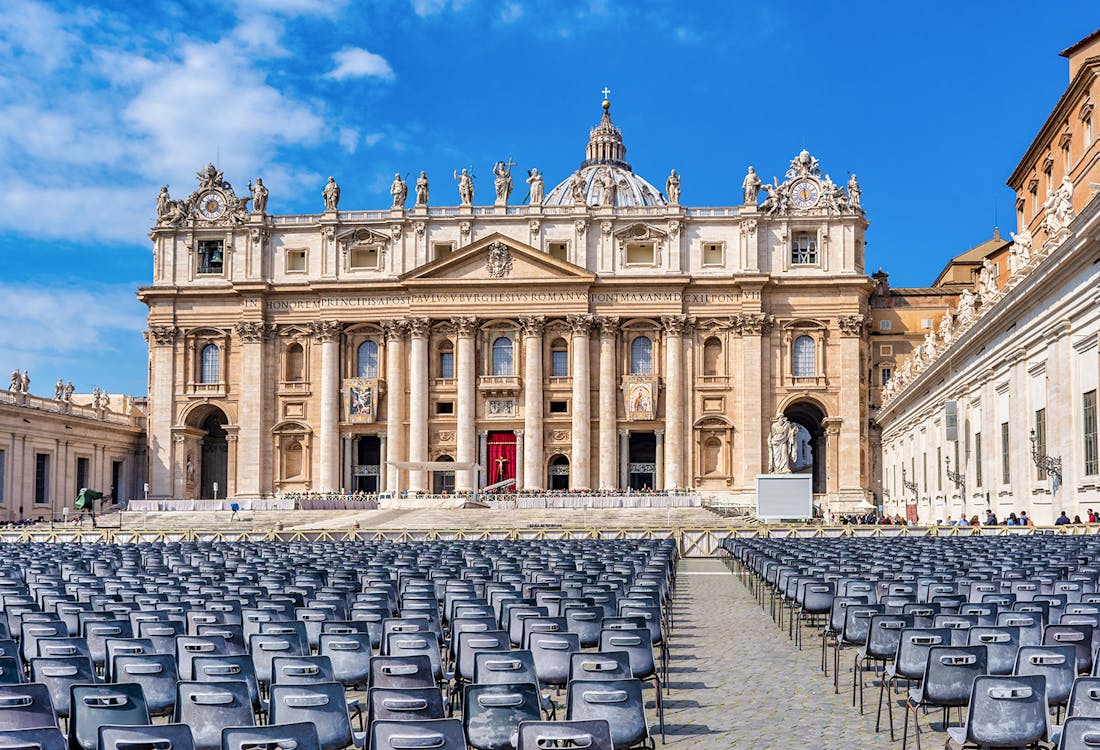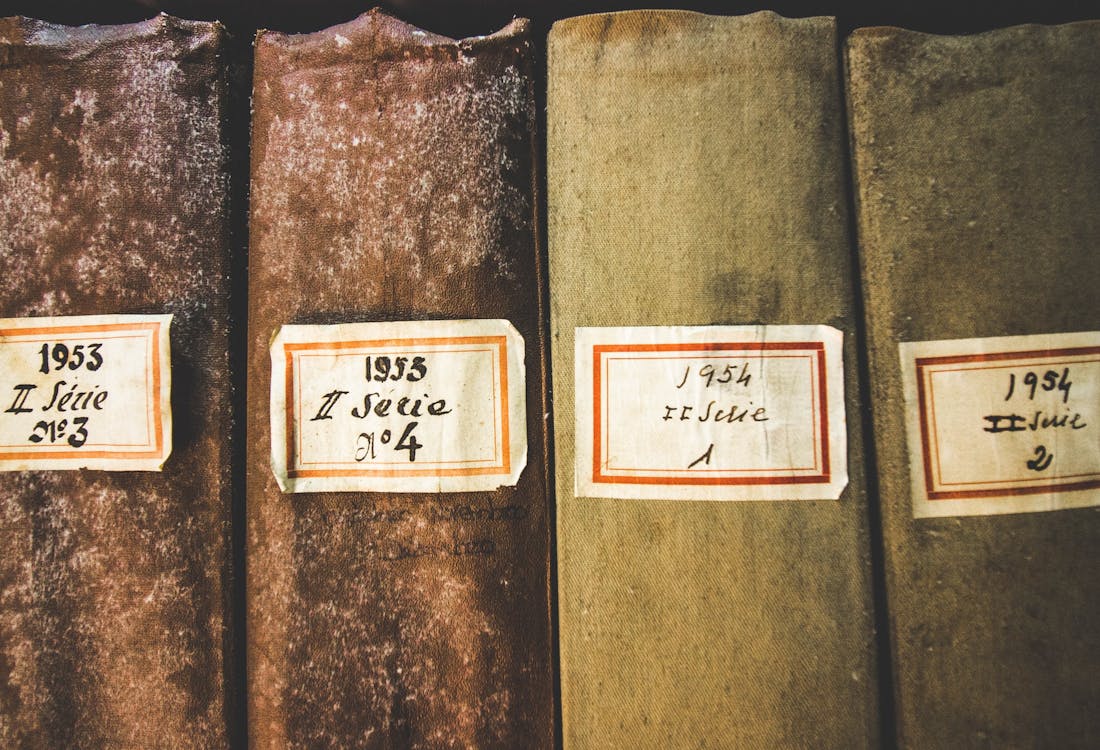Ever wondered where the Vatican holds its most precious literary treasures? Founded in 1475, the Vatican Library is one of the world's oldest and most exclusive libraries, housing over 75,000 manuscripts and 1.6 million books. From ancient biblical manuscripts to Renaissance masterpieces, this repository safeguards humanity's intellectual heritage. Ready to discover more about this enigmatic treasure trove? Let's dive into what makes the Vatican Library so special!
History of the Vatican Library
1447-1475: The foundation
Pope Nicholas V started collecting manuscripts, believing scholars should have access to Latin, Greek, and Hebrew texts. In 1475, Pope Sixtus IV officially established the library, appointing Bartolomeo Platina as the first librarian. Within just six years, the collection grew from 2,527 to 3,498 manuscripts!
16th-17th centuries: Expansion era
Under Pope Leo X, the library flourished with methodical acquisitions. Entire private and princely collections were incorporated, creating unique compilations that still exist today.
18th-19th Centuries: Opening to the world
In 1809, when Napoleon annexed Rome, the Vatican Library became a National Library. Later, under Pope Leo XIII, the doors opened wider to academics and historians, with a modern Reading Room established in 1892.
20th Century to present: Modernization
In 1927, Pope Pius XI converted the obsolete horse stables into book stacks. By the 1980s, new manuscript storage was created beneath the courtyard. In 2010, digitization efforts began, making these treasures accessible online while preserving the fragile originals.
Where is the Vatican Library?
You'll find the Vatican Library inside the Vatican Palace in Vatican City. It's situated near the Cortile del Belvedere, with its entrance through the beautiful Belvedere Courtyard. As you tour the Vatican Museums, you'll be passing by this intellectual sanctuary, though direct access is reserved for scholars.

Recommended tickets to Vatican
What’s inside the Vatican Library?
Manuscripts
The library houses over 75,000 manuscripts, including treasures that would make any history buff swoon. The star of the collection is the Codex Vaticanus, one of the oldest nearly complete Bible manuscripts in existence. There are even the beautifully illustrated Barberini Gospels and ancient classical works like Vergilius Vaticanus with its Roman illustrations. Perhaps most surprising are the multicultural items like the Codex Borgia, a colorful pre-Columbian Mesoamerican manuscript, and numerous Quran manuscripts.
Printed books
There are over 1.6 million books in the Vatican Library. Among them are 8,600 incunabula (books printed before 1501) when printing was still revolutionary technology. The collection includes tens of thousands of rare 16th and 17th-century editions that represent the evolution of Renaissance thought and early modern scholarship.
Archival collections & artifacts
Beyond books, the Archivio Barberini and Pergamene Patetta collections containing historical documents that shaped European history. The library also safeguards over 330,000 artifacts including ancient coins, medals, prints, engravings, and drawings that provide visual insights into history.
Is the Vatican Library open to the public?
As much as it sounds fascinating, you won't be able to wander the stacks of the Vatican Library during your visit. This exclusive library is reserved for qualified scholars who must demonstrate a legitimate academic need. Mostly university professors, doctoral researchers, and established scholars with relevant publications.
But don't worry! You can still experience some of its treasures by visiting the Vatican Museums, where select manuscripts and books are displayed in museum exhibits. The museums are open Monday through Saturday (9am to 6pm) and the last Sunday of each month (9am to 2pm).
Vatican Secret Archives

Despite what Dan Brown novels might lead you to believe, the Vatican Secret Archives aren't actually "secret" in the mysterious sense! In fact, Pope Francis renamed them to the "Vatican Apostolic Archives" in 2019 to clear up this very misconception.
These archives are completely separate from the Vatican Library, having been split off in the 17th century by Pope Paul V to create a dedicated repository for the Church's official documents. While the Library houses scholarly and literary works, the Archives contain the papal paper trail – everything from official decrees to personal correspondence.
Among its treasures, you'll find fascinating historical documents like Galileo's trial records, letters from Michelangelo, and Henry VIII's request for a marriage annulment. There's even correspondence from Mary Queen of Scots and documents relating to the Knights Templar.
Some materials date back to the 8th century, though these ancient documents are rare and fragmented. And while conspiracy theories abound about secret alien evidence or magical texts hidden within, the reality is more scholarly – but no less fascinating!
Like the Library, the Archives aren't open for casual visitors, but since 1881, qualified researchers have been granted access, with thousands examining these historical treasures each year.


